As the UK gradually begins to open up again and we’re able to drive further than our local supermarket we’ve taken a look at all the steps you need to take when setting out on a long journey.
It's likely with ongoing travel restrictions many of us will be travelling over the UK for summer holidays this year as well. It's especially important to do these checks before you travel for a holiday as you will not be near your local garage or able to complete any necessary changes at home on the other side of your journey.
These checks are designed for anyone to do at any time and should not require any specific skills or tools. If your car has been stationary for some time then there are some additional checks you will probably need to complete as well, and you can find out more about these here.
The first thing we recommend you do is a visual check of the vehicle’s exterior.
When looking at the exterior of the vehicle there are a few checks you’ll want to do.
The first is to make sure there’s no new chips or cracks in any of the glass including the front and rear windscreen. If there is any chip or crack larger than 10mm in the 290mm area directly in front of the driver, and one over 40mm anywhere else on the windscreen then a vehicle will fail its MOT and so these should be fixed as soon as possible. However, we recommend getting any chip to the glass on your vehicle repaired as quickly as possible to prevent it from growing and becoming more of a hazard for you.
When driving it’s important that you have a clear field of vision so as well as ensuring there are no chips you should also ensure all your windows are clear of any dirt and markings that might prevent you from seeing your surroundings clearly.
You should also check your wing mirrors to make sure they have no damage and are clear of any marks or smudges that might impair your driving.
The next thing you will need to check is your tyres.
There are three different elements that you should check:
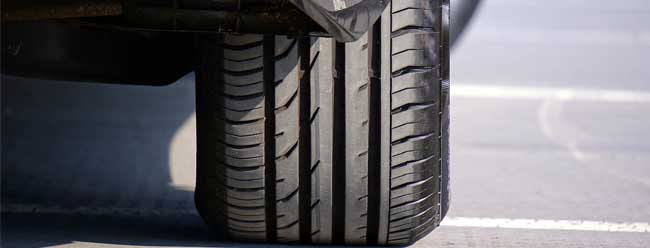
As part of your visual inspection of the vehicle you should check the appearance of your tyres. This means checking that there are no cracks or bulges to them. If your tyres are particularly old or have been exposed to a lot of sunlight then they are more likely to crack. Bulges can happen if a tyre is driven over a lot of potholes or knocks a lot of curbs as repeated impacts case the sidewall of them to weaken and bulge.
If there are any cracks or bulges in your tyres then you should get these looked at and replaced where necessary before setting of on a long journey.
You’ll also need to check the tyre tread and depth of this. The tread should be 1.6 mm or more around the entire circumference of the tyre.
A general rule is that if you put a 20p into the groove and stand it up you should not be able to see the outer edge of the coin. The tyre tread is a legal requirement whether you are driving a long distance or just a short one and so as soon as it is looking worn, and the depth is less than 1.6 mm then you should get the tyre changed.
The third aspect of the tyres you will need to check is their pressure. This will need to be done using a tyre pressure gauge, and we recommend going to a garage or supermarket with one to do this as they can also inflate the tyres should they need it.
You should be able to find the recommended tyre pressure for your vehicle in the vehicle handbook or on the manufacturer’s website. Some models also have this information on the inside of one of the front door.
If your vehicle has a spare tyre you should also make sure the pressure of this is at the recommended level in case you need to use it while on your trip.
It’s important your tyre pressure is correct as this not only helps keep you safe but also helps improve your fuel economy even on longer journeys with a heavy load.
Before travelling you should always check under the bonnet for the levels in your fluids. There are a few other fluids you need to check that we’ll look at below but it’s important to make sure that your screenwash is topped up before any long drives.
You should be able to see how much screenwash you have just by looking at the container and whether you need to fill it up.
We recommend you check the fluid you are using to see whether you also need to add water to the mixture as well.
If you are travelling a substantial distance then the weather over the course of your journey is likely to change and so even if you do not need to clear your screen when you set off you may need to later.
We also recommend checking the rubber on your wipers is not damaged and that they are all working, front and rear.
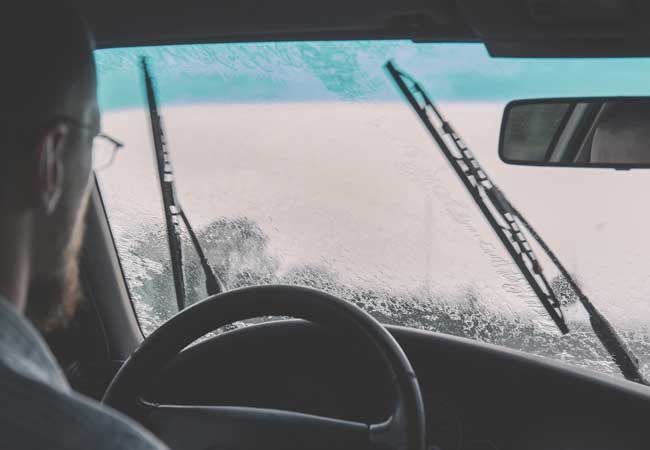
As well as the screenwash you should check your oil levels.
When checking any levels under the bonnet you should ensure the engine is cool to avoid accidentally injuring yourself.
You should also ensure your vehicle is on a flat surface and not angled so that you get an accurate level on them, whether it is for a visual check like with the coolant or the oil where you use a dipstick.
To check the oil level, you will need to pull out the dipstick which can usually be found by the bright yellow ring pull near the engine. First, wipe off any oil on a rag or some kitchen roll before returning the dipstick to the tank so you can get an accurate reading of the level.
The level of oil should reach between the minimum and maximum levels on your dipstick.
If you need to top up the oil then you should have a separate cap that you can unscrew and then full up the oil there rather than the narrow gap that removing the dipstick gives.
It’s important to be aware that different vehicles need different types of oil to run at their best and so you should always make sure you check the manufacturer guidelines before using any oil.
Another fluid you should check is the engine coolant, which is sometimes referred to as antifreeze.
This fluid is essential no matter the weather as it protects your engine from extremely cold temperatures and its high boiling point removes excess heat from the engine preventing it from overheating.
This is a visual check and you should ensure the level of fluid is between the minimum and maximum lines.
If you need to top it up, then we recommend check your vehicle handbook for the type of coolant that you should be using.
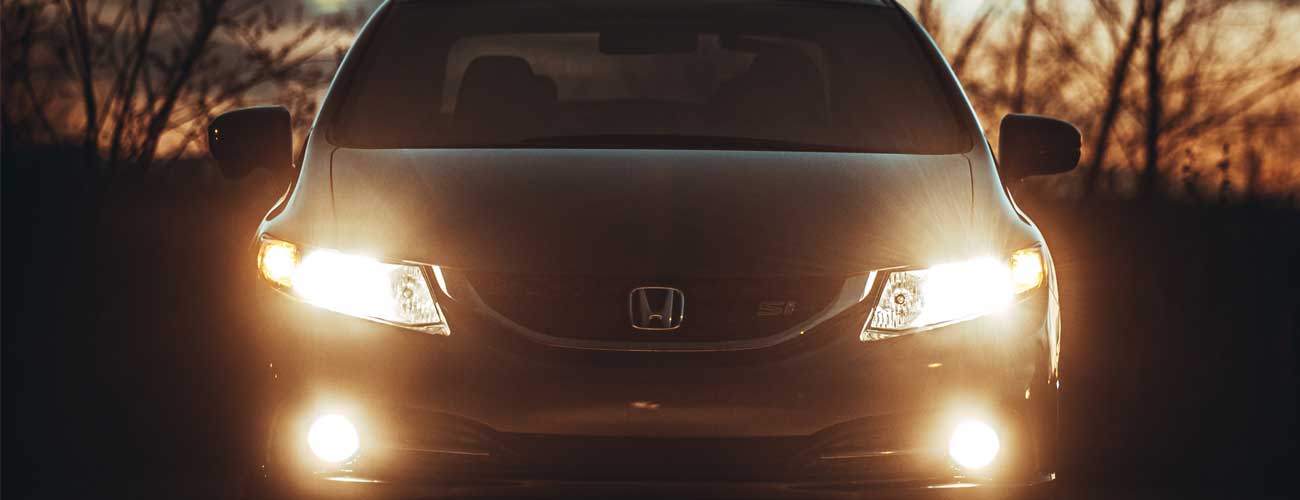
Before setting off on any long journeys you should always make sure that all of your lights are working.
Most modern vehicles will usually let you know via a warning light that a light has gone. However, this is not always the case and so we always recommend checking yourself before setting off on a long trip.
You will need to check your headlights, brake lights, fog lights, and indicators.
If you have another person you are travelling with then you can apply your lights and ask them to walk around the vehicle and check they are all working.
If you are on your own, then you can check your headlights by facing a reflective surface or glass window and turning these on. You can then check the brake lights and rear for lights by reversing up to this surface and applying them then looking in your rear-view mirror to check they are all on.
To check that your indicators are working you can apply your hazard lights and then walk around the vehicle to look at them all.
We recommend checking that your brakes are working before any long journey.
To do this there are two steps you should take. The first is to press down on the brake pedal before starting the engine. It should feel spongy and not slack at all.
The second is to test the brakes when your engine is running. In a safe place to do so apply them firmly when driving and if they are functioning correctly you should stop promptly, and the vehicle should not pull to one side.
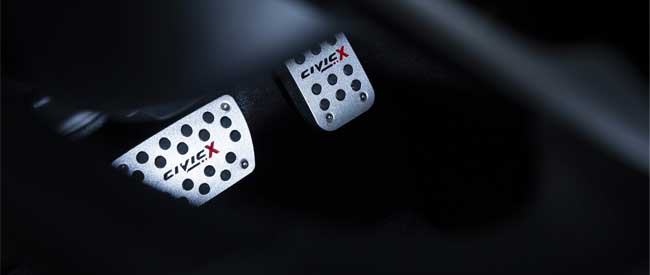
Most of the time it’s advised you only fill up your tank with as much fuel as you need, if your vehicle is powered by a traditional combustion engine, to help give you better fuel economy as you won’t be carrying extra weight.
When you’re travelling on a long journey we recommend filling the tank up, or if you’ve got an electric vehicle ensuring you’re fully charged so that you have enough for the journey and don’t have to make a pitstop at more expensive motorway fuel stations.
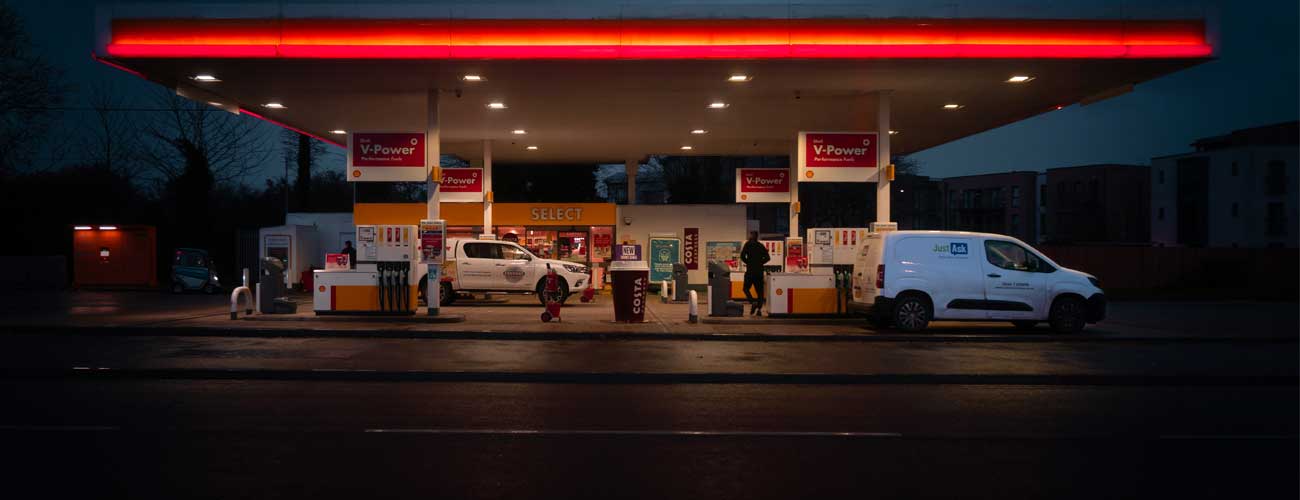
We recommend checking that the essential electric systems are working.
The three that are most important, and don’t always flag if working incorrectly with a warning light are electronic windows, air conditioning and power steering.
We advise testing that all the windows are opening and closing correctly before setting off. If you have children and use child locks on the rear doors and windows then it would be sensible to check that these are also working correctly.
The air conditioning, or heating in winter, is a key part of ensuring driver and passenger comfort when travelling which is why we think it’s important that you check they are working correctly before setting of.
To check the power steering you can apply gentle pressure to the steering wheel and maintain this pressure when you start the engine. You should feel a slight but noticeable movement as the power steering kicks in.
Another thing we recommend doing before a long journey is clearing out your vehicle’s interior, making sure that it is clean and clear for your drive.
When clearing the interior you should ensure any rubbish is thrown out, and if you and your passengers are likely to snack whilst on the journey perhaps keep a carrier bag or bin in the vehicle for any additional rubbish you have on the trip.
We also advise making sure that any loose items are secured in storage compartments to prevent them moving around and distracting you while driving.

Some vehicles have different driving modes that are suited to a particular journey or road type.
For a long drive, you might find it best to select an ‘eco’ type to help you get better fuel economy and ensure a comfortable suspension.
Alternatively, you might be able to set a more personalised mode with adjustments to individual driving elements like the suspension and four-wheel-drive as well as many others.
Most modern vehicles come with either a spare wheel or tyre inflation kit in order to get you back on the road as quickly as possible if you have a flat tyre. Before going on any long journey we advise making sure whichever option you have is in the vehicle and functional.
If you have a spare wheel then you should also ensure your jack and locking nut are also in the vehicle so that you can change the required wheel.
There are a number of items that we recommend keeping in the car at all times like a first aid kit, warning triangle and jumper cables to help if you should end up in an emergency situation that requires them.
For long journeys, we also advise packing a few bottles of water and some snacks for yourself and any passengers accompanying you. This is to prevent you from getting hungry and thirsty though we always recommend stopping if you are the driver and need a break to eat.
For more helpful guides head back to our guides homepage or if you have any questions about travelling with a lease vehicle then give us a call on g0330 221 0000.
Check out one of our helpful guides or our explaination of leasing to get all your questions answered.
You can unsubscribe at any time